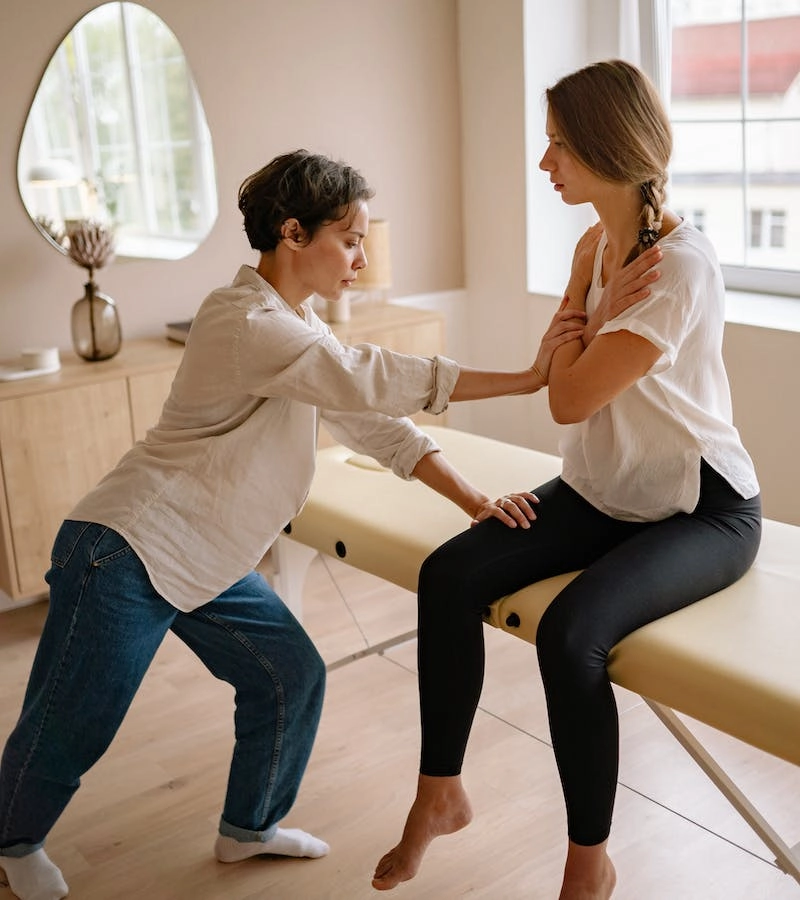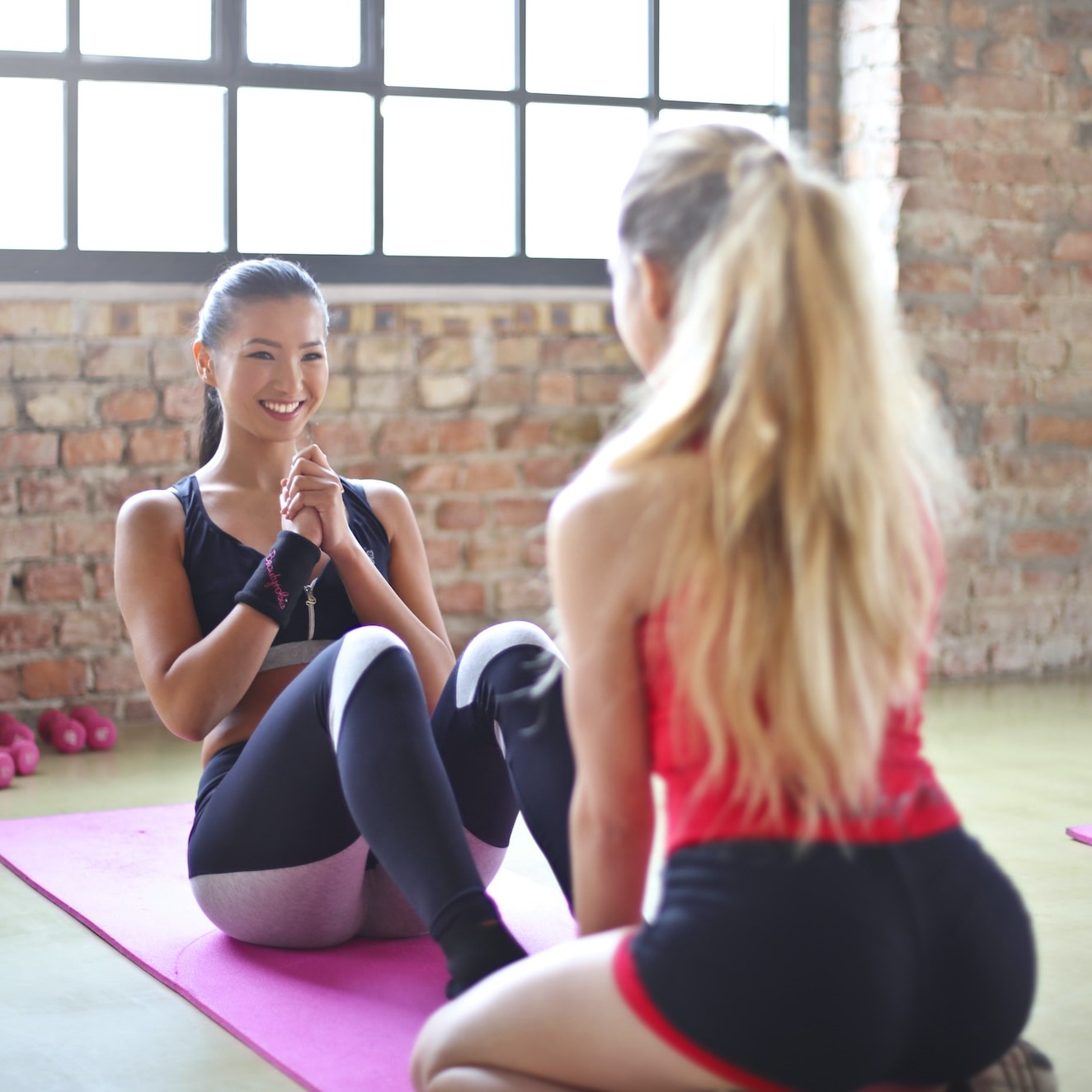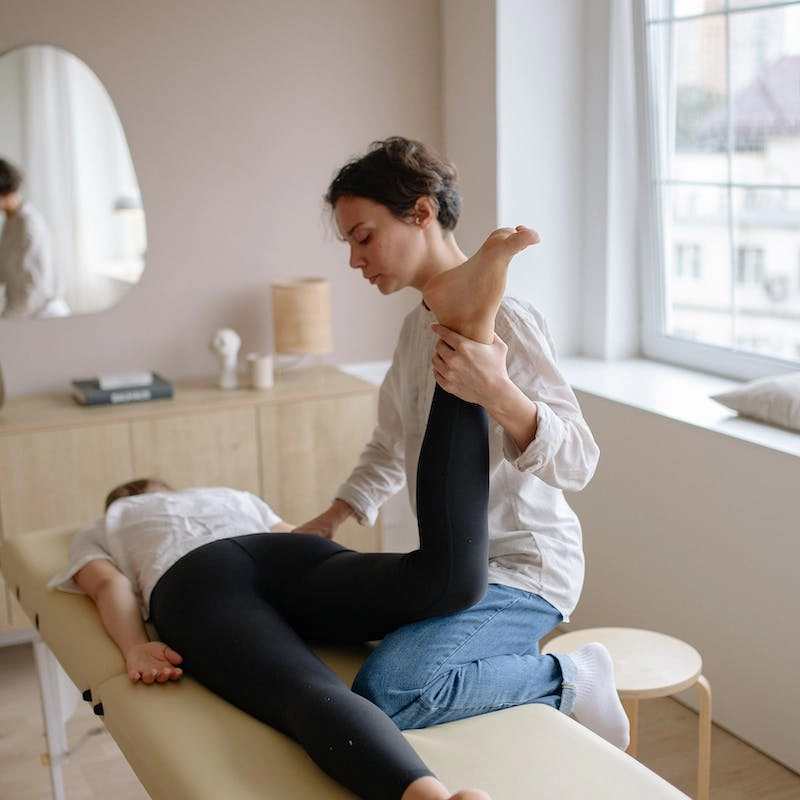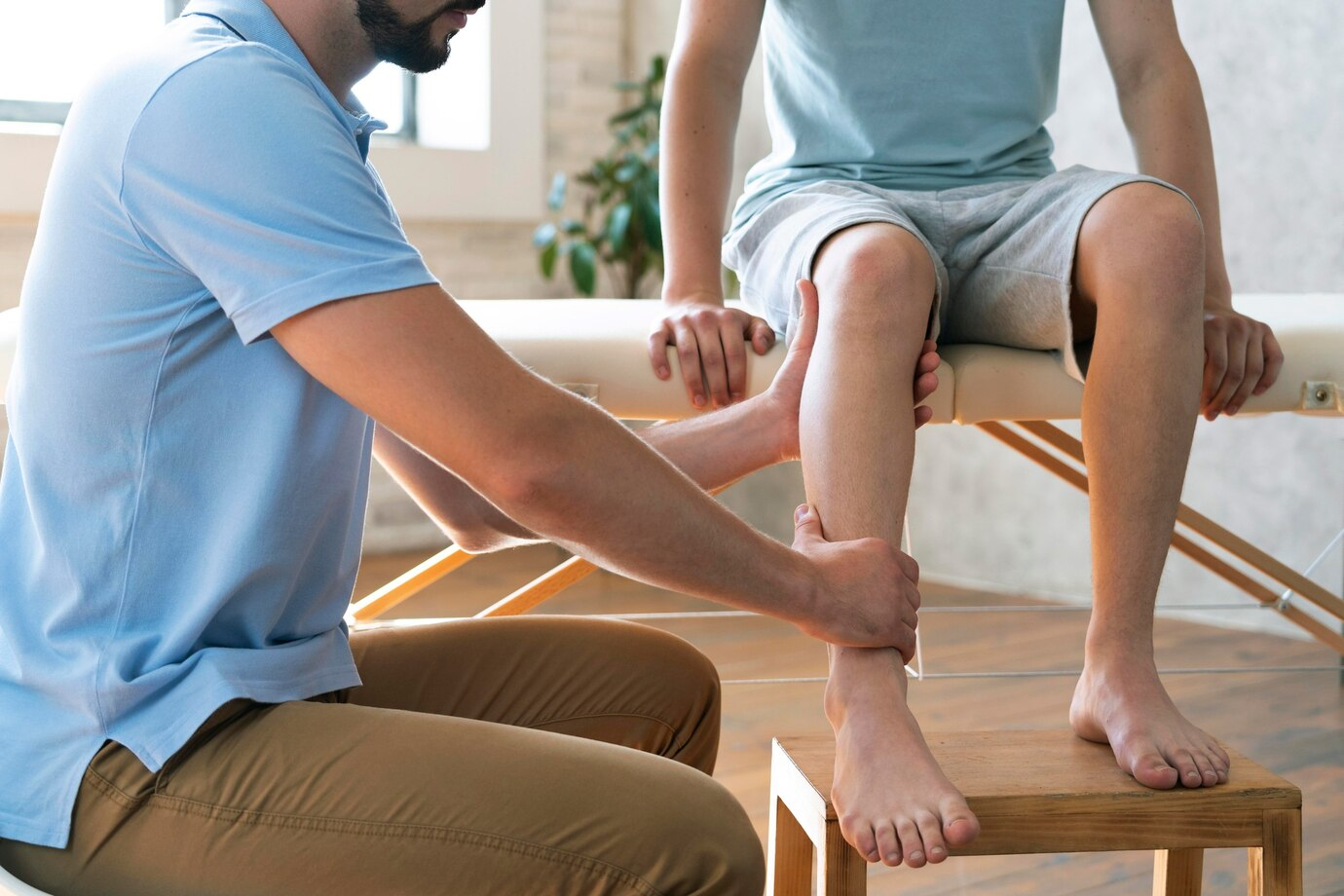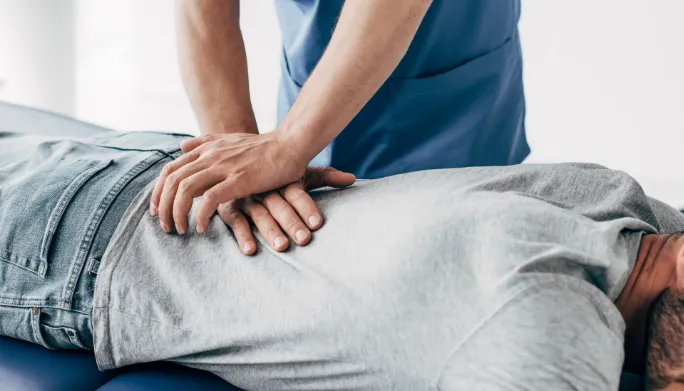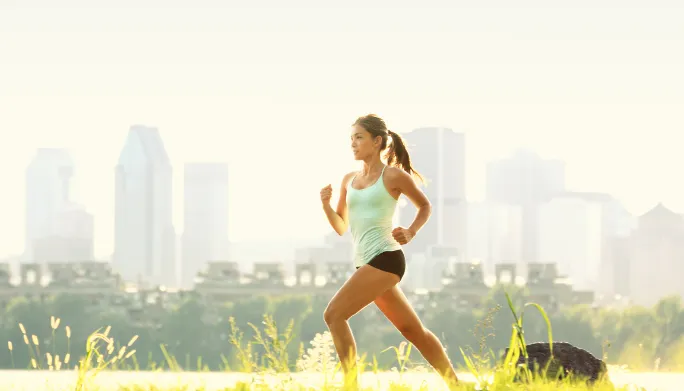Seattle
311 Terry Ave N
Seattle WA 98109
P: 206-279-2870
F: 206-279-2872
hello@forefrontpllc.com
Physical Therapy in Seattle, WA
WE HELP RUNNERS & ELITE ATHLETES OVERCOME INJURY & GET STRONGER THAN EVER.
AND THE BEST PART IS THAT WE GET YOU BETTER WITHOUT SURGERY OR MEDICATIONS!

Google 5-Star Rating
We are proud to have a 5-star Google rating! This demonstrates our commitment to excellent service and hopefully builds trust with new customers!

Facebook 5-Star Rating
Our Facebook 5-star rating is a testament to our exceptional service and commitment to customer satisfaction. Thank you for your continued support!

Over 200 5-Star Reviews
We are proud to have earned the trust of over 180 people who left us a 5 star review. Our team of experienced therapists continues to provide the best physical therapy.
Top Rated Physical Therapy in Seattle, WA
Personalized Care from Our Team
Live Pain Free in Seattle
How We Help You Recover:
Our Physical Therapy Programs
Testimonials

“Han Lee”
I received training sessions with Dr. Jacob for my recurring QL strains. It had been affecting my everyday normal life, until I felt the strain come back again and decided to receive proper treatment. Dr. Jacob was quick to analyze what the problem was, and suggested targeted stretches and exercises so that I could return to my physical activities which includes golfing, running, and lifting. His approach to treating such injuries without compromising too much of physical activities and movements definitely ended up being the best approach to take, as my strains went away in a matter of couple weeks and I could enjoy my sports with much less fear in injuring my QL again. He really cared about what my intentions for the treatment was and helped me thoroughly throughout the way. Great to work with, will be returning for any future injuries!
“Grace Arend”
I’ve been going to PT with Jacob Mosko for about a month now. As a female, I was very hesitant to see a male provider, but I decided to give it chance since the location was so close to my apartment & there were no female PTs. I was pleasantly surprised by how comfortable & validated I felt after my first session alone. Jacob listened to my not so great discriptions of my pain/issues & somehow knew what exercises or stretches for me to do to address and correct them efficiently. He always ensured my safety by not letting my over do it, but definitely pushed me to make improvements. In only a month, my pain is almost completely resolved & my strength has returned enough for me to start weight lifting again. I consistenly completed my at home program he made, which definitely targeted my weaknesses. Overall, I highly recommend Jacob to anyone as he is compassionate, inclusive, & knows what he’s doing.
“Alexander Nessel”
I recommend Dr. Dan Benson as wholeheartedly as possible for athletes looking to fix any type of injury, or optimize body movement, mobility, and mechanics. I’m in my 30s and very active in physically demanding sports – they’ve helped me through serious hip injury and surgery recovery, along with many other injuries and pains I’ve had over the last 5 years. I’ve been to more physical therapists than I can count and Forefront has given me the best results be far. They’re very patient, do a great job of understanding goals, explaining problems and solutions, and continuously iterating until you’re healthy. I recommend all my friends and family to Forefront when they have injuries and everyone has the same experience – they’re the best!
“Austin Fox”
I’ve seen many physical therapists over the past few years for shoulder and hip labral tears. Dan is by far the most knowledgeable PT I’ve worked with. One of the qualities that sets him apart is his persistence to get his clients actively participating in sports and high adventure activities as fast as possible. I eventually decided to get surgery for my shoulder and he has been helping me regain my range of motion and strength QUICKLY. He doesn’t rush the healing process and is hyper-aware of the abilities of my joints (even more so than me – it’s funny and surprising). He inspires confidence in me to perform movements that I would otherwise be nervous about and, without a doubt, these exercises are leading me to recover rapidly. I’m happy to say that I’ll soon be able to rock climb again, and am already back to mountain biking. It can be tedious to find a good PT, so take my advice – Dan is the real deal.
Our Proven 4-Phase Recovery Program

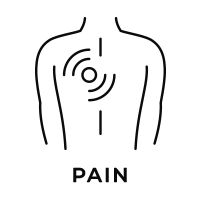
Pain

Prime
We help you regain flexibility, mobility, and strength with a focus on long-term health care solutions. Our team also supports recovery with techniques such as massage rehab and advanced rehabilitation.
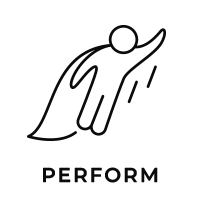
Perform
At Forefront Physical Therapy in Seattle, WA, we specialize in helping patients recover quickly and effectively. Through personalized rehabilitation plans tailored to your unique needs, we address conditions like knee pain, sports injuries, and post-surgery recovery. Our experienced team is dedicated to guiding you back to your active, pain-free self, so you can feel confident and strong again in no time.

Prevent
See the difference! Request a session for physical therapy in South Lake Union, Seattle, WA today!
Discover the difference Forefront Physical Therapy can make in your life. Whether you’re managing knee pain, recovering from a sports injury, or exploring options like manual therapy or sports medicine, we’re here to support you. Schedule your consultation today to experience expert care in Seattle, WA and South Lake Union.
Insurances We Accept












Success Stories & Testimonials

Meet Our Team

DR. DAN BENSON
DPT, FAFS, GPS, CAFS, 3D MAPS, FRC
DR. JACOB MOSKO
PT, DPT
Treatments

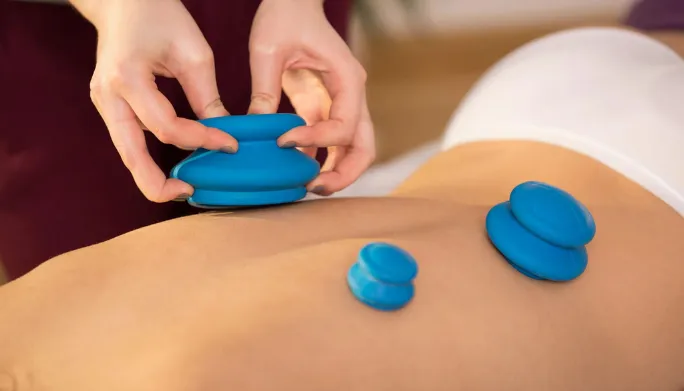
Cupping
Your Subtitle Goes Here
Our beautifully designed center features premium cupping sets across a range of materials like glass, silicone, and plastic suited for various techniques..
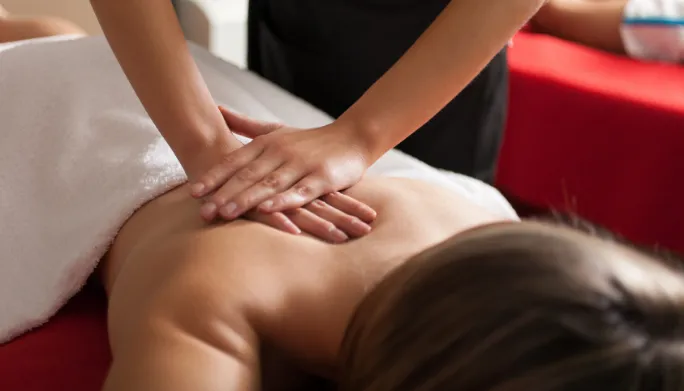
Massage Therapy
Your Subtitle Goes Here
Our massage therapy services provide a customized whole-body wellness solution designed to meet each client’s unique health situation and objectives.

Running Analysis
Your Subtitle Goes Here
our experienced physical therapists can take your performance to new heights through our comprehensive running analysis service.
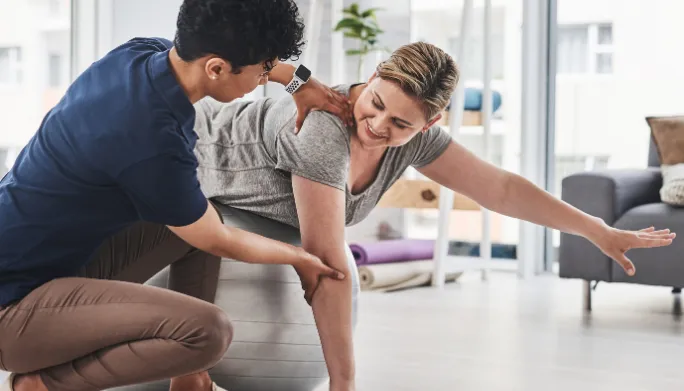
Physical Therapy
Your Subtitle Goes Here
Our licensed physical therapy in Seattle team leverages evidence-based therapies and advanced certifications to address orthopedic injuries, post-operative recovery, and chronic conditions..

Shockwave Therapy
Your Subtitle Goes Here
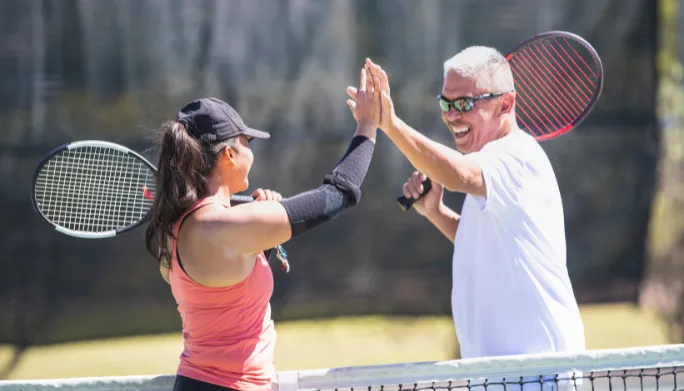
Sports Rehab
Your Subtitle Goes Here
Our degreed therapists work with athletes across disciplines to not only heal damage from trauma or overuse but enhance overall performance and longevity.


Cupping
Your Subtitle Goes Here
Our beautifully designed center features premium cupping sets across a range of materials like glass, silicone, and plastic suited for various techniques and treatment areas.
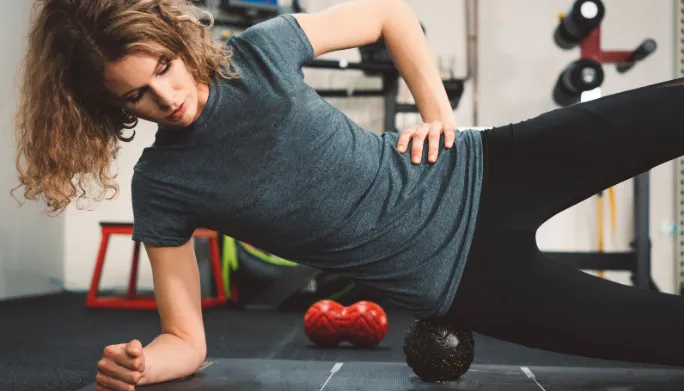

Fitness Training
Your Subtitle Goes Here
Our team of highly skilled physical therapists brings expertise and a compassionate approach to each session. We focus not just on treating symptoms..


Massage Therapy
Your Subtitle Goes Here
Our massage therapy services provide a customized whole-body wellness solution designed to meet each client’s unique health situation and objectives.


Physical Therapy
Your Subtitle Goes Here
Our licensed therapists leverage evidence-based therapies and advanced certifications to address orthopedic injuries, post-operative recovery, chronic conditions..


Running Analysis
Your Subtitle Goes Here
our experienced physical therapists can take your performance to new heights through our comprehensive running analysis service.


Sports Rehab
Your Subtitle Goes Here
Our degreed therapists work with athletes across disciplines to not only heal damage from trauma or overuse but enhance overall performance and longevity.
Stop Letting Pain Get In The Way
Forefront Physical Therapy Treats All Of These Conditions & More!

Want to experience a change from constant pain? Schedule an appointment today!
Testimonials

Frequently Asked Questions

What should I expect during physical therapy sessions?
Physical therapy sessions typically involve an assessment of your condition, manual techniques to improve mobility and flexibility, individualized exercises and activities to help you reach your goals, education on how to prevent further injury or pain, and instruction on proper posture, body mechanics and other lifestyle changes.
Do I need a referral from my doctor before attending Physical Therapy?
Patients needing physical therapy can get evaluations and treatments directly from a licensed physical therapist without obtaining a doctor’s prescription or referral with some provisions.
What do I need to wear or bring with me?
You should dress in comfortable, loose clothing that allows you to move easily and doesn’t restrict circulation. Depending on your condition, your physical therapist may also recommend special shoes or a brace. You should also bring any paperwork related to your medical history, including x-rays, ultrasounds, and doctor’s notes.
Is there anything I can do before my appointment to prepare?
Yes! Make sure you arrive for your session well-rested so that you can give it your full attention and energy. It is also helpful if you keep track of how much pain medication (if any) you take prior to the appointment so that the physical therapist can adjust the intensity of treatment accordingly.
How long will my physical therapy sessions last?
Sessions typically last 30-60 minutes depending on your condition and the types of techniques used. Your physical therapist will give you an estimate when you first arrive for your appointment.
Are there any exercises I can do at home between appointments to help improve my condition?
Yes! Your physical therapist may provide specific exercise recommendations for you to try in between visits, which will help speed up your recovery and progress faster toward reaching your goals. It’s important to follow these carefully and always check with your PT before starting a new exercise program if you have any questions or concerns.
What if I have questions after my physical therapy session?
Your physical therapist should be available to answer any questions or concerns you may have about your treatment plan before and after each visit. You can also contact the clinic directly for further assistance. We want you to get the most out of every session!
Will insurance cover my physical therapy?
It depends on your insurance plan. Most plans cover some or all of the costs associated with physical therapy. We accept most insurances and we can check benefits
How often will I need to attend physical therapy sessions?
The frequency of visits will depend on your individual goals and condition, but typically it is recommended that patients attend 2-3 times per week for a minimum of 4-6 weeks in order to maximize results. Your therapist will provide more details during your initial appointment.
How long will it take for me to see results?
Every person’s situation is unique; therefore the amount of time needed to reach goals varies. With commitment and dedication from both you and your physical therapist, you can expect to start seeing results within a few weeks. The more positive lifestyle changes you make, the faster your progress will be!
Will my physical therapist be able to answer any questions I have about my condition?
Yes! Your physical therapist should be available to discuss any concerns or questions you have regarding your condition or treatment plan. Don’t hesitate to bring up any issues that may arise during the course of therapy.
What if I feel too much pain during a session?
If at any time during your physical therapy session you experience increased pain, it’s important to let your therapist know so they can adjust the intensity or technique as necessary. Your therapist will work with you to make sure that treatment is comfortable and effective for you.
How will I know when I no longer need physical therapy?
Your physical therapist should be able to provide guidance on when it is appropriate to stop attending physical therapy sessions based on your progress, goals, and overall health status. It’s important to listen to your therapist and continue with treatment until they feel you are ready to move on.

